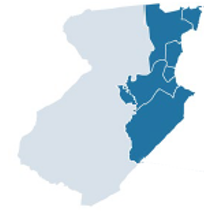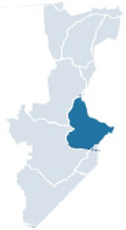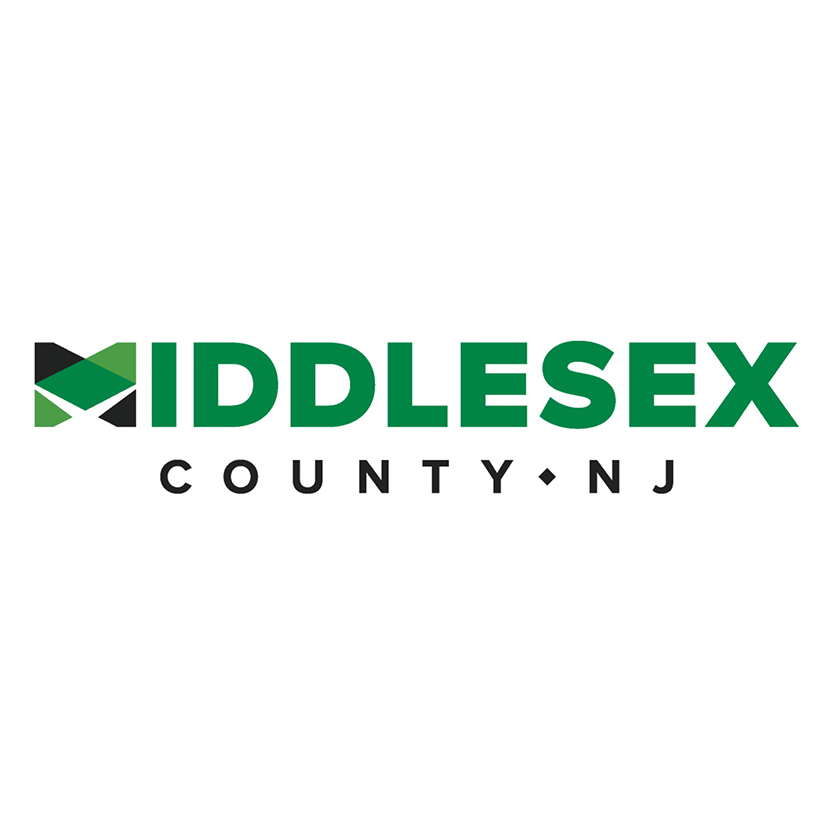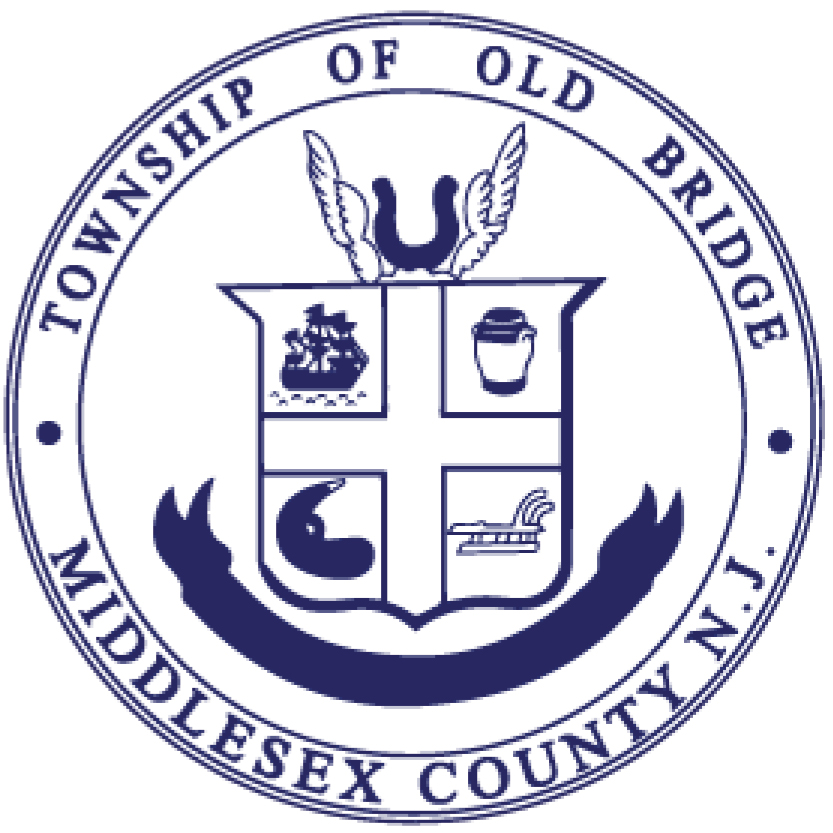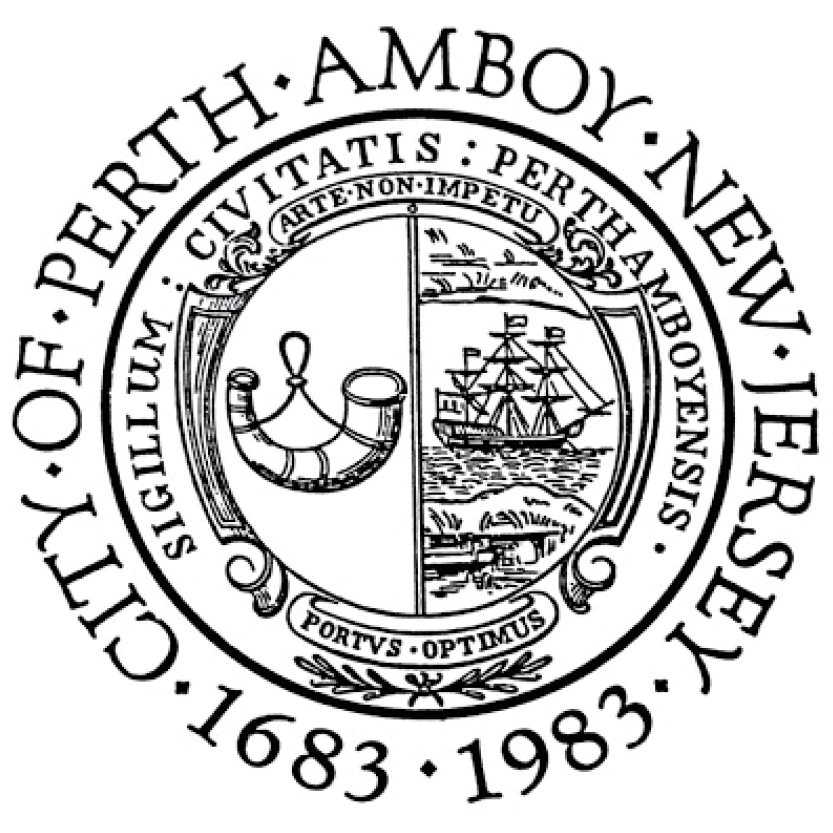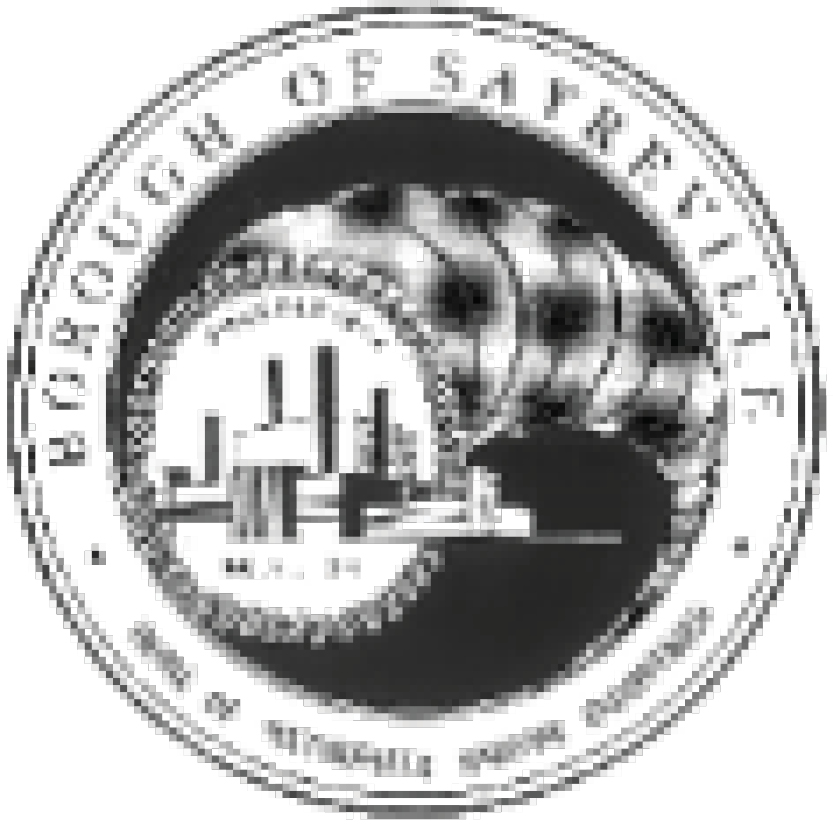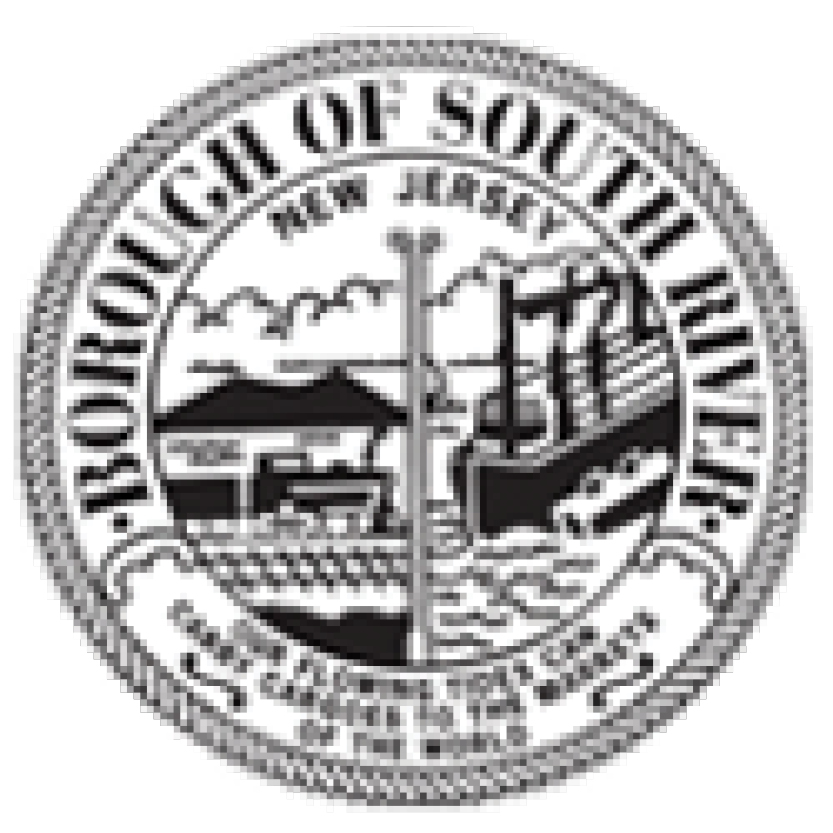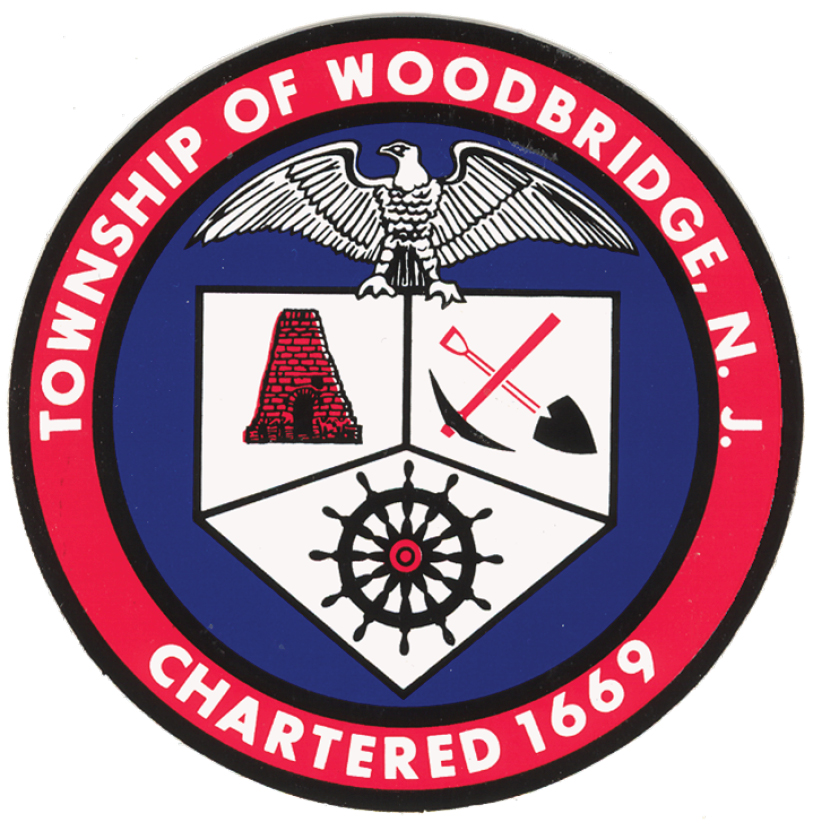ACTION
PLANThis Action Plan seeks to reduce current and future risks due to flooding and additional climate hazards
This Action Plan (Español) represents two years of work developing an implementable regional resilience and adaptation action plan that provides a roadmap for addressing current and future flooding for the Raritan River and Bay Region. This Action Plan is the culmination of the three preceding reports, the Visioning Report, About Our Region Report, and Flood Impact Assessment. It provides an actionable roadmap that includes clear next steps for the region to reduce risk and improve quality of life by means of thoughtful and targeted resilience actions.
The project team welcomes your feedback on:
- The specific resilience actions recommended;
- The lead entities and next steps identified for each action;
- And any additional information you feel is needed to make the plan actionable.
A ROADMAP TO RESILIENCE
The magnitude of flood risk in the RRBC region today and in the future demands action at multiple scales, shown below. The Implementation Roadmap at the end of the Action Plan lists all actions identified at each scale and includes additional detail about specific recommended locations, lead entities, immediate next steps, partners, and costs.
REGIONAL STRATEGIES
The regional resilience strategies recommended fall under nine strategy types, based on the broad approach:
Policy and Governance
- Governance and continued coordination
- Zoning and land use policy
Physical and Nature-Based Infrastructure
- Adapt or protect critical facilites
- Resilient mobility systems
- Stormwater management
- Coastal resilience
- Resilient transformation of contaminated sites and brownfields
Outreach, Education, and Capacity Building
- Flood awareness outreach campaigns
- Technical support for property owners
Sub-Watershed
The sub-watersheds include the following:
- Arthur Kill Waterfront
- Woodbridge Creek
- Raritan Riverfront and Bay
- South River / Washington Canal
- Cheesequake / Laurence Harbor
- Rahway River and Tributaries
Resilience Opportunity Areas
Resilience Opportunity Areas include the following:
- Noe’s Creek (Arthur Kill Waterfront)
- Heards Brook (Woodbridge Creek)
- Middlesex County Greenway Extension (Raritan Riverfront and Bay)
- South River and Sayreville Main Street (South River / Washington Canal)
- Cheesequake Inlet (Cheesequake / Laurence Harbor)
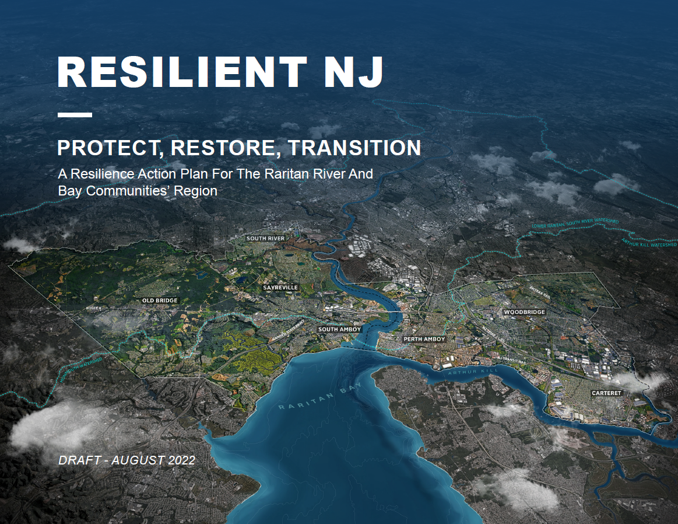
Follow the links below to explore different sections of the Action Plan:
Resilience Action Plan
Implementation Framework
Appendices
- Appendix A – About Our Region Report
- Appendix B – Vision and Priorities Report
- Appendix C – Flood Impact Assessment Report
- Appendix D – Asset Profile Tables (XLS)
- Appendix E – Scenario Eval Tool and Action Sheet (XLS)
- Appendix F – Cost Estimation Approach (PDF)
- Appendix F – Cost Estimation Workbook (XLS)
- Appendix G – Funding Sources (XLS)
- Appendix G – Funding Sources (PDF)
- Appendix H – Longterm Control Plan (PDF)
- Appendix I – Contaminated Sites Inventory (XLS)
- Appendix I – Brownfields (PDF)
- Appendix J – Outreach and Engagement (PDF)
- Appendix K – Watershed Planning (PDF)
- Appendix L – Stormwater Utility Memo (PDF)
- Appendix L – Stormwater Utility Presentation (PDF)
- Appendix M – Evacuation Planning (PDF)
- Appendix N – Risk Rating (PDF)
- Appendix O – Additional Climate Hazards Assessment (PDF)
- Appendix O – Additional Climate Hazards Toolkit (PDF)
Share your feedback! Click this link or email us at ResilientRRBC@dep.nj.gov
Resilient NJ Raritan River and Bay Communities Roadmap
This timeline outlines the program’s process for developing the Action Plan based on community and stakeholder input and technical analyses. Scroll to the left to view links to prior resiliency efforts in the Resilient NJ Raritan River and Bay Communities, which helped create the foundation for the current initiative, and a look at the program’s timeline.
Get Involved
Your input and involvement are critical to increasing the resilience of our communities. Opportunities to engage with the program will be updated periodically on the Get Involved page.
GET RESILIENT NJ PROJECT UPDATES!
You can easily stay in the loop with program progress by signing up for periodic email updates via this form.
EXPLORE OUR RESOURCE LIBRARY
The Resource Library contains our project reports, engagement materials, and other information about progress.

